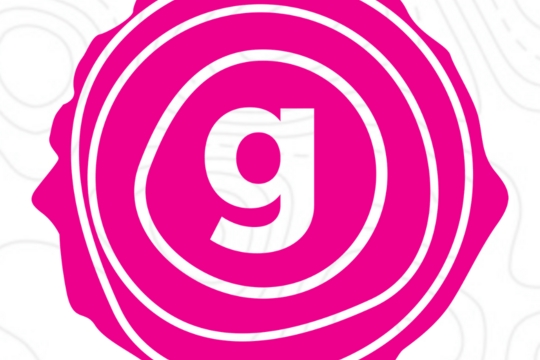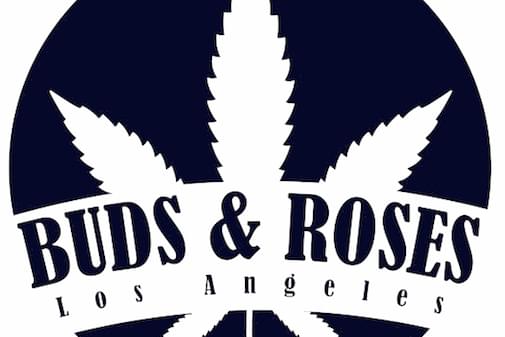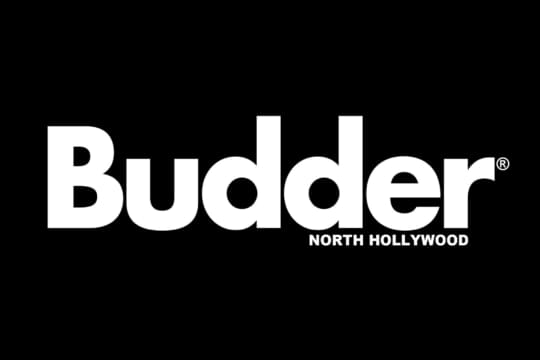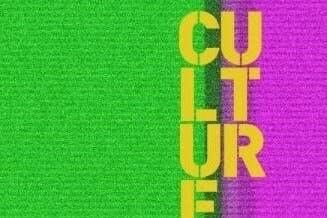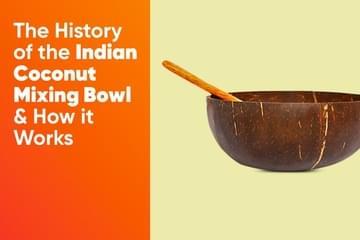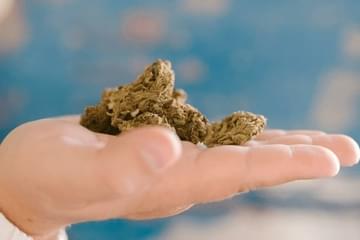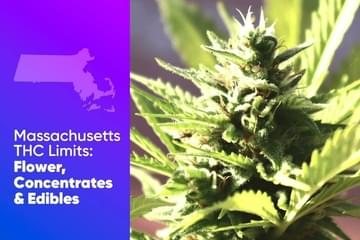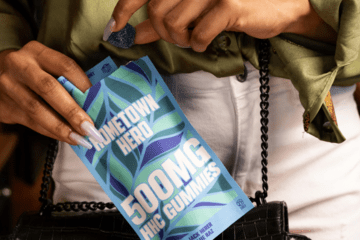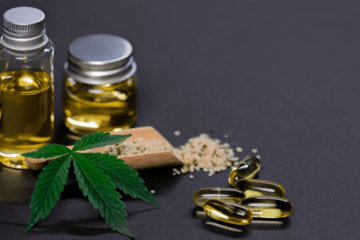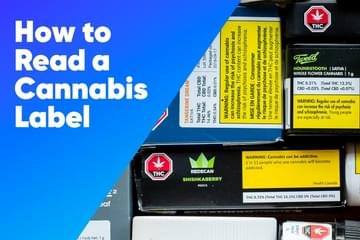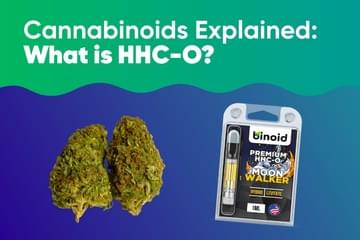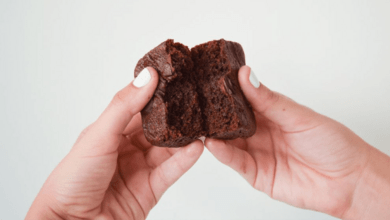
How Do You Dose Cannabis Edibles?
Published on 11/8/21
It can be challenging to find your ideal dose of cannabis. Often this process requires some trial and error. With edibles, this can prove difficult, as getting it wrong may mean a whole day spent in bed waiting for things to get better. Fortunately, cannabis alone isn't dangerous, and if you do take too much, the sensations won't last. However, getting the dose wrong with edibles can be a bad experience you want to avoid.
Get it right, and you may find edibles a great way to provide long-lasting relief from symptoms like chronic pain, insomnia, and anxiety. Keep reading to learn how to dose edibles for the best results.
How to Find the Right Dose
The endocannabinoid system (ECS) is complex, and everyone metabolizes cannabinoids like THC and CBD differently. This means that what may be a tolerable dose for one person may be intolerable for another. People can also build a tolerance to THC over time, meaning that an appropriate dose for an experienced user will be quite different compared to a beginner's.
To prevent a negative experience, we recommend starting with a dose of 2 milligrams to 3 milligrams (mg) THC, waiting for an hour or two to see how you feel, and then taking another 2 mg to 3 mg THC if needed until your symptoms subside. The key here is to find the "sweet spot" between keeping functional and symptom-free and over-intoxication.
Is There a Maximum Dose for Cannabis Edibles?
Everybody's different, and this includes everybody's endocannabinoid system (ECS).
This means that different people process and metabolize cannabinoids at different rates. Age, gender, height, and weight may all play a part in this. In general, most people start to feel the psychoactive effects of THC at around the 5 mg to 10 mg mark.
The body also breaks down plant cannabinoids (phytocannabinoids) quickly, meaning that a deadly overdose on cannabis alone is more a theoretical probability than a practical one.
With that said, if you take too much THC, many will start to feel uncomfortable. Anxiety, paranoia, nausea, and a sedated feeling are all common side effects of ingesting too much cannabis.
So, while there is no "maximum dose" per se, your maximum dose will be one where you start to feel that the edible is hindering rather than helping. This means that overconsumption is indeed possible! For those new to cannabis, we always recommend starting with low doses of THC and perhaps keeping to a maximum of 10 mg - 20 mg (or even less if it's helping treat your symptoms) per day.
How to Calculate Edible Dosage
So, how do you accurately measure the amount of cannabinoids in a product? If you are making your own edibles (brownies are a popular one) using raw cannabis or extract, you will need to know how much of each cannabinoid is in your flower or concentrate. If lab-tested, this is often given in milligrams, but it's often given as a percentage with extracts.
So, for example, a gram (1000 mg) of concentrate with a total THC concentrate of 60% contains 600 mg of THC. You can infuse this concentrate with cooking oil to disperse the cannabinoids evenly.
To calculate the amount of cannabinoids in each serving, use this formula:
Weight of Concentrate x THC% x 1,000 Number of Servings
Example: 0.5 grams of a concentrate with 60% THC potency, should yield about 300mg of THC: (0.5 x 0.60) x 1,000 = 300.
With tinctures and extracts, you can use this formula:
Target Dose (mg) Concentration (mg/mL) = Volume of Dose (mL)
Example: 600mg THC target dose with a 60 mg/mL THC oil, the calculation is 600 60 = 10.0 mL. With extract, a 100mg THC target dose with a 600mg/g THC extract, the calculation is 100/600 = 0.17 g. You will need to percentages into milligrams per gram for calculating extracts.
Regardless of whether you're eating your own edibles or one from a dispensary, it is still hugely important to go slow and low with cannabis edibles, especially as cannabinoid concentrations can vary throughout the edible.
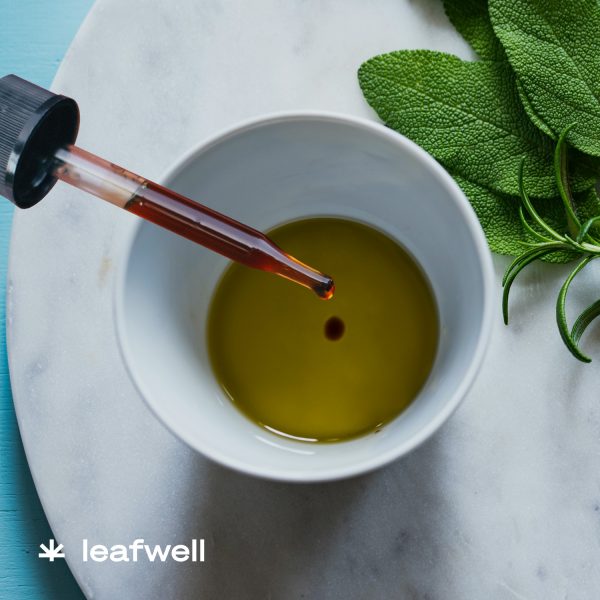
The Role of Fat in Cannabis Edibles
It's often thought that to make your edibles stronger, all you need to do is add more cannabis. This is not the case.
Cannabinoids can only bind with a limited amount of fat molecules (lipids), so a 1:1 ratio of cannabis and oil is the most you'll need to make the oil maximum potency, e.g., 50 grams to 50 ml. Please note, many would consider this too much cannabis and start with 5 or 10 grams for such a small amount of oil!
Different types of oil also bind and carry cannabinoids in different ways. MCT (medium triglyceride), coconut, or olive oil is usually used for canna oils. They have high concentrations of saturated fats, can keep quite well, and many find the taste and texture more appealing than other oils.
Butter or ghee (clarified butter) are also great fats to infuse cannabis with and perhaps taste best when in edibles, but are less versatile compared to oils like coconut or olive, which can be used topically on skin or hair as well as eaten. Oils also keep for longer and don't need refrigeration.
How Accurate Are Edible Labels?
Fortunately, most companies making cannabis edibles give the total amount of THC and CBD in the product and often mark out the amount of THC in each piece to divide it yourself.
However, whether these measurements are always accurate is difficult to say.
One study by The Johns Hopkins School of Medicine showed that, out of 75 products, 17% were accurately labeled, 23% were under-labeled, and 60% were over-labeled with THC content. This study was from 2015 and included products from California and Washington, so it may not reflect reality today in all states, but it is worth keeping in mind.
When making edibles at home, it is easier to measure the amount of cannabis you're willing to use. However, making a product that is consistently and evenly dosed in each bite is extremely difficult. You'll get spots that contain lots of cannabinoids and other areas of your edible that contain little. Even the best edible makers can find this difficult, so don't worry about having similar troubles.
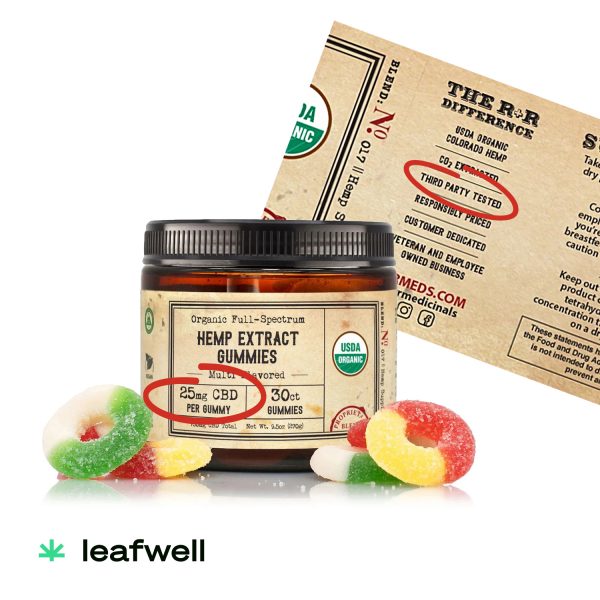
Tips for Consuming Cannabis-infused Edibles
- Go slow and low. Eating cannabis is a lot more potent than vaping or tinctures, as it passes through the liver (where it's converted into a stronger version of THC) and then through to the bloodstream. Edibles can be inconsistent, so going slow-and-low is even more critical compared to other ingestion methods.
- Add CBD to THC to decrease unwanted effects. CBD can counteract some of the adverse effects of THC. Using CBD and THC in a 1:1 ratio can reduce THC's side effects. Using higher ratios of CBD (e.g., CBD:THC ratios of 2:1 or higher) can have fewer psychoactive effects. Be warned, though, that ingesting high amounts of THC even in high CBD products can still make you feel "high" or "stoned."
- Look at labels. If buying an edible from a dispensary, ensure it's appropriately labeled (i.e., gives its cannabinoid content) and tested by a third-party lab for safety.
- Use the right ingredients. If making your own edibles, you can use cannabis flowers, but you can also use extracts/concentrates or tinctures.
- Choose the right oil. Coconut or MCT oil usually binds to and carries cannabinoids more readily, but for some may cause stomach issues. Olive oil is versatile and pleasant-tasting but may not be as strong as coconut oil (but still potent enough for most!).
- Go for variety. Utilize a wide range of cannabinoids and terpenes to prevent a negative experience.
Dosing edibles properly needn't be confusing or a cause for concern, and done correctly can be a beneficial, long-lasting way of treating many health concerns using medical marijuana.

